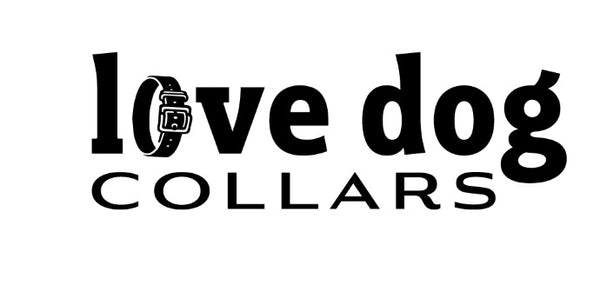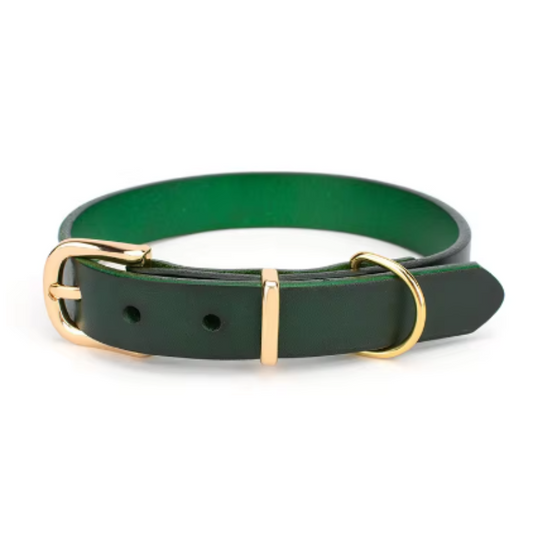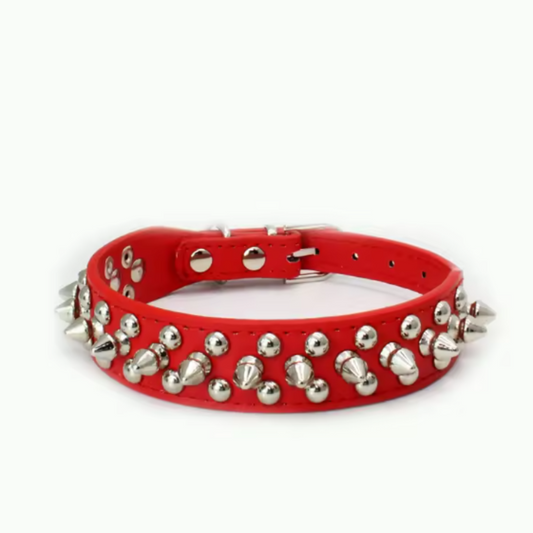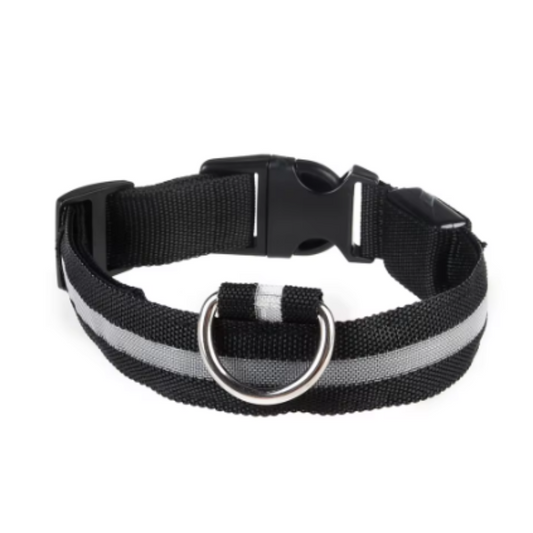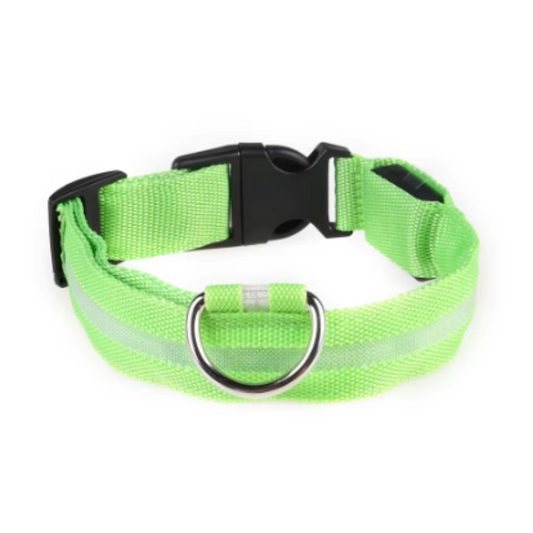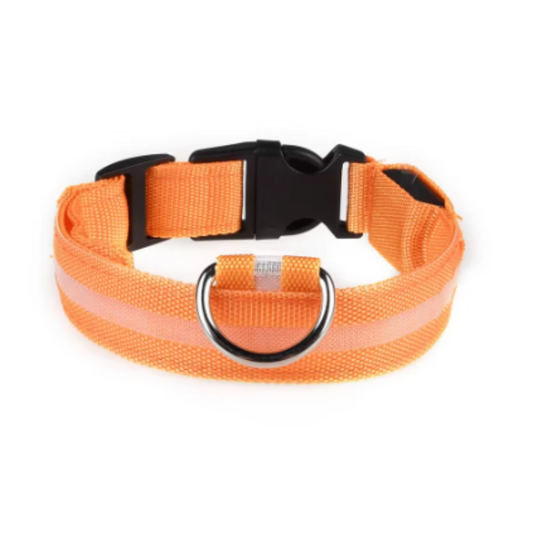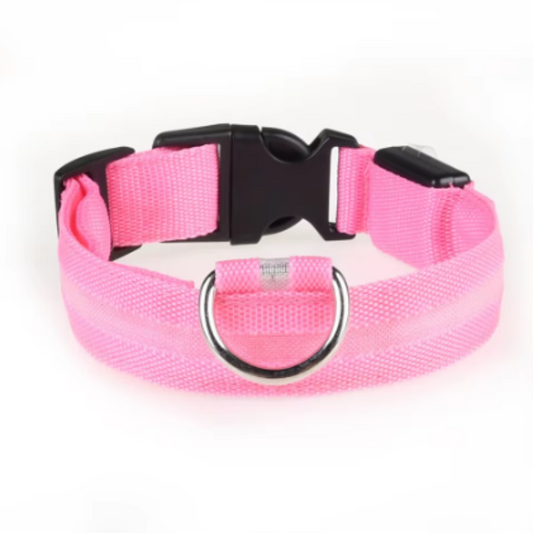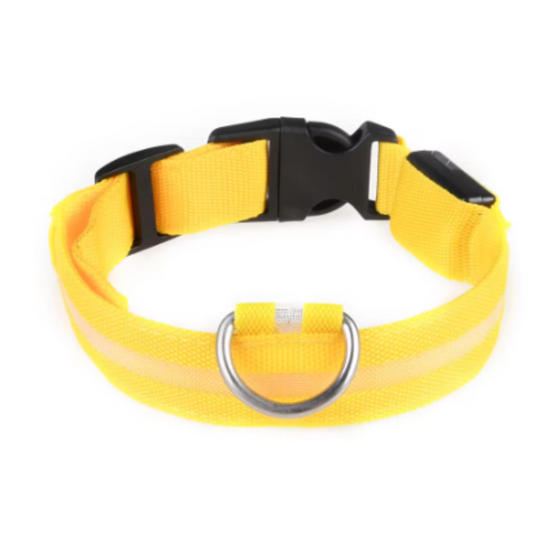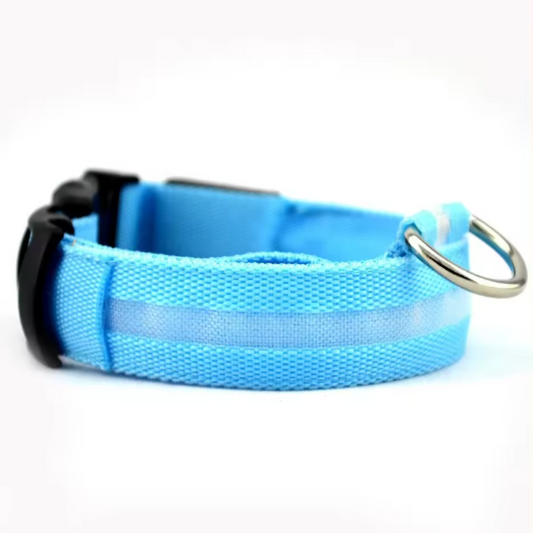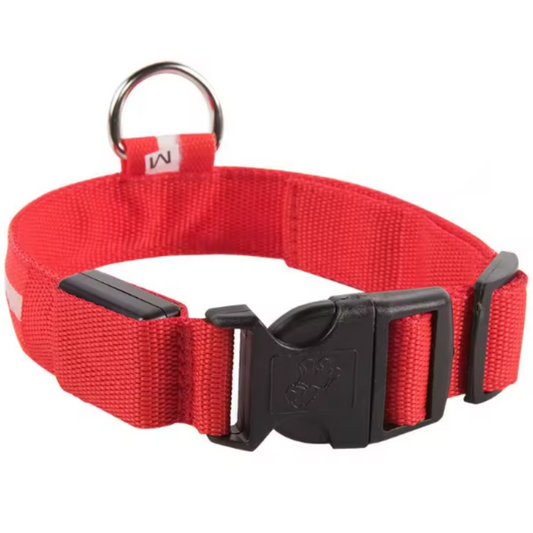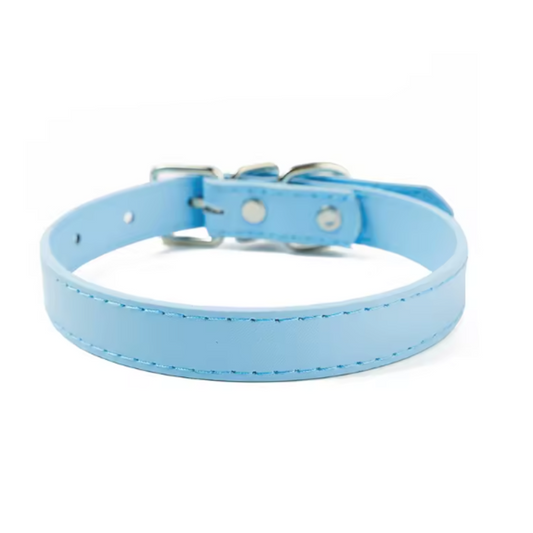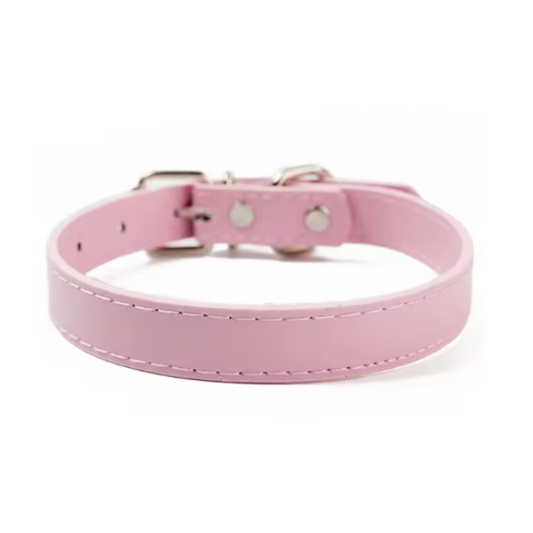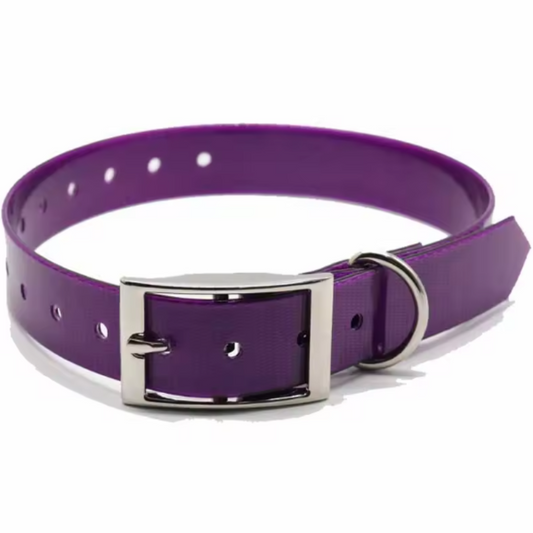Choosing the right collar for your puppy is an important part of their training and overall development. The size of the collar you select will depend largely on the breed and age of your puppy. As they grow, ensuring their collar fits well, is comfortable, and safe is key. This collection of puppy collars offers various options to accommodate your puppy’s needs while they mature, making sure you both have a positive training experience.
Measuring Your Puppy’s Neck
To begin, accurately measuring your puppy’s neck circumference is crucial. The collar should fit snugly but leave enough room for growth. Typically, a collar should allow for two adult fingers to slide comfortably underneath when fastened on the neck. This balance ensures your puppy is comfortable without the collar being too loose, which could lead to slipping off, or too tight, which could cause discomfort or injury. As your puppy grows, especially in those early months, it’s essential to check the collar’s fit regularly and make necessary adjustments.
Adjustable Collars for Growing Puppies
Puppies grow quickly, and their collar needs to accommodate that growth. Adjustable collars are ideal because they offer the flexibility to expand as your puppy’s neck circumference increases. By starting with an adjustable collar, you’ll avoid the need for constant replacements, ensuring your puppy has a comfortable, well-fitted collar throughout their early stages of development.
Our collection of adjustable collars is designed to support your puppy's comfort and safety. They are made from durable, lightweight materials to avoid placing unnecessary strain on their neck, while also allowing room for growth. Whether you are welcoming a small breed like a Chihuahua or a large breed like a Rottweiler, we have options that will fit their size and development needs.
When to Introduce a Collar
Introducing a collar to your puppy should happen early in their training. Typically, around eight weeks is a good time to start collar training, but this can vary depending on the breed and individual dog. For brachycephalic breeds, such as Bulldogs or Pugs, a harness may be more appropriate due to their unique physical structure. Regardless of the breed, the collar plays an important role in your puppy’s development as it becomes part of their obedience training from the very start.
Starting Training Early
It’s important to start training your puppy as early as possible. Once they leave their mother, you can begin using their collar as part of their training routine. Training your puppy to walk on a leash alongside you can begin indoors before vaccinations are complete, ensuring their safety while preparing them for outdoor walks later on. While you may be eager to take your puppy to parks and outdoor areas, many veterinarians recommend waiting until your puppy has completed all their core vaccinations before introducing them to environments like dog parks.
In the meantime, you can work on leash training indoors. Attach the leash to your puppy’s collar while they’re engaged in positive activities, such as eating, playing, or being affectionate. By associating the collar and leash with good experiences, your puppy will quickly become accustomed to wearing them. Rewarding them with treats and praise when they respond positively to the collar and leash reinforces the idea that wearing a collar is a positive experience.
Collar Training Tips
Here are some useful tips to help your puppy adjust to their new collar:
-
Use Positive Reinforcement: Always associate the collar with positive activities. When your puppy responds well to wearing the collar, offer their favorite treats or toys as a reward.
-
Practice Indoors: Start by walking your puppy inside the house or in a fenced backyard. Integrating potty training with leash training creates a productive routine that helps them become comfortable with wearing their collar and walking on a leash.
-
Establish Leadership: From day one, ensure that your puppy learns to walk by your side or behind you. Allowing them to walk in front could give them the impression that they are in charge. In both the dog world and human world, the leader leads from the front. Set the right foundation by taking the lead from the very beginning, using treats to guide them if needed.
Obedience Training and Collar Use
By the time your puppy has completed their vaccinations and is ready to explore the outdoors, usually between three and six months, they should be ready for more formal obedience training. Basic commands such as “sit,” “stay,” “come,” and “heel” are fundamental for a well-trained dog, and their collar will be a critical tool in this process.
Using the "Ask, Tell, Command" method can be particularly effective. First, ask your puppy to perform a task in a firm but gentle tone. If they don’t respond, continue to repeat the command, rewarding them with treats when they comply. Consistency is key when it comes to obedience training, and all caregivers should follow the same rules and guidelines to avoid confusing the puppy.
Choosing the Right Materials
The right material for a puppy collar is essential for both comfort and durability. Lightweight, durable materials such as leather or nylon are often recommended, but PVC is an excellent alternative. PVC collars repel dirt and odors, making them easy to clean and maintain. A simple flat collar with a plain metal buckle is often the best choice for puppies. Quick-release buckles, while convenient, may fail at inopportune moments, so we recommend opting for a more secure metal buckle.
If you choose a collar that’s slightly longer than your puppy currently needs, you can punch extra holes in it as they grow. This saves you from having to purchase multiple collars as your puppy matures.
Puppy Training Tips and Tricks
Collar training doesn’t have to be frustrating. By starting early and creating positive associations with the collar, your puppy will quickly adapt. You can make the experience more fun and rewarding by using treats like boiled chicken or their favorite toy to guide them. Never drag or force your puppy while leash training; instead, use gentle tugs and positive reinforcement to encourage them. With patience and consistency, your puppy will master walking on a leash in no time.
Remember, walking a young puppy is about gradual progress. At eight weeks, start with short walks, gradually increasing the duration as they become more comfortable. Puppies, like children, need time to adjust to new experiences.
Building a Lifelong Bond
The right collar not only provides safety and comfort for your puppy but also helps build a strong foundation for your lifelong bond. Take the time to train them well, and you’ll have a well-mannered companion who will walk by your side for years to come.
